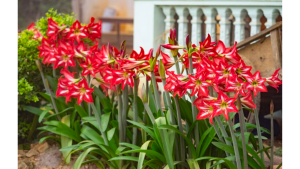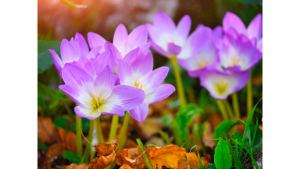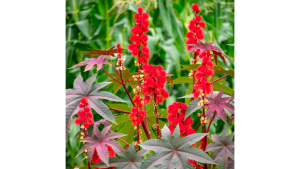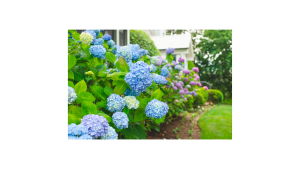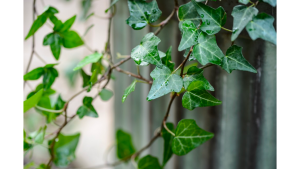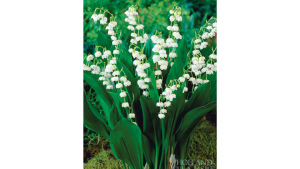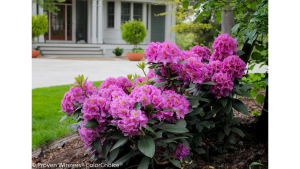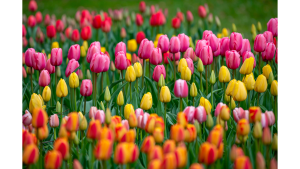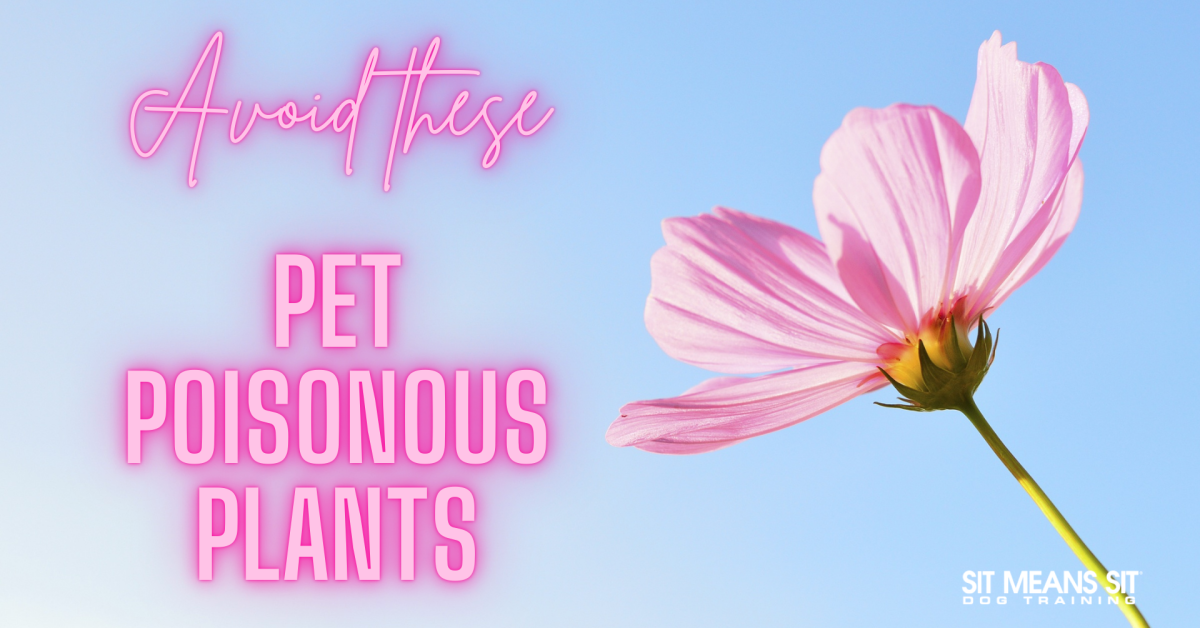
Avoid These Poisonous Landscaping Plants for Dogs
Backyards can be an oasis for everyone, whether it’s all grass for Fido or a vibrant garden for owners, but there are some toxic plants for pet owners to avoid! Dogs are curious creatures that will eat whatever smells good so it is crucial to do research before planting, otherwise you’ll have a season of tummy troubles. Follow this list to keep your garden and Fido safe:
Amaryllis
- Description: Thick, leafless stalks with large, red trumpet-shaped blooms
- Toxic elements: blub, leaves, stem
Autumn Crocus
- AKA: Meadow Saffron, Naked Ladies
- Description: leaves like small green tulips, heads of romaine, or light pink-purple flowers
- Toxic Elements: flowers, leaves, bulbs
Castor Bean
- AKA: Castor oil plants
- Description: Large leaves, bright pink or red flowers
- Toxic Elements: Castor seeds
Hydrangea
- Description: large clusters of small-petaled flowers
- Toxic Elements: flowers, buds, and leaves
English Ivy
- AKA: Common Ivy
- Description: Vine wrapping around trees or house, ground cover
- Toxic Elements: Leaves
Lily of the Valley
- Description: White bell-shaped flowers that cluster on one side
- Toxic Elements: Entire plant
Rhododendron (Azalea)
- AKA: Azalea
- Description: Flowering shrub with funnel-shaped flowers ranging from pink, red, yellow, or purple
- Toxic Elements: Entire plant
Tulips
- Description: cup shape bulbs, various colors
- Toxic Elements: All parts of the plant, especially bulbs
Other
- Aloe Vera
- Apricot Trees
- Baby’s Breath
- Chrysanthemum
- Daffodil
- Grapevines
- Mistletoe
- Unripe Tomato Plants
- Wild Cherry
- Wisteria
Reducing the Risk
Add labels or identifiers to all plants in your yard to reduce uncertainty. Move toxic plants out of pets’ reach, switching them into hanging baskets is a great way to keep your plants out of harm’s way. Adding fencing or barricades to those larger ground plants can also help keep Fido away!

